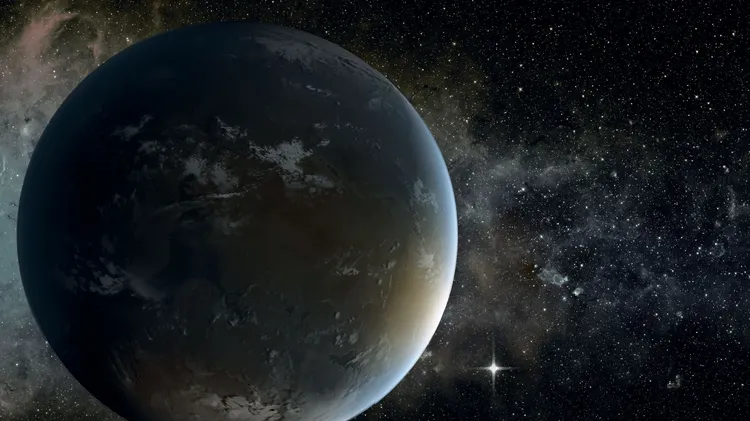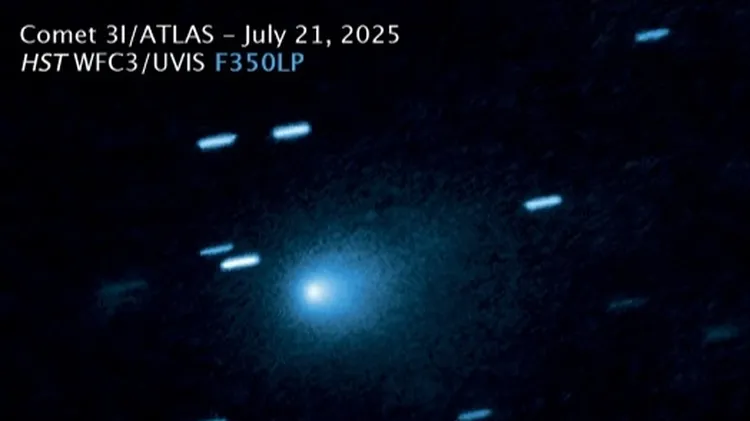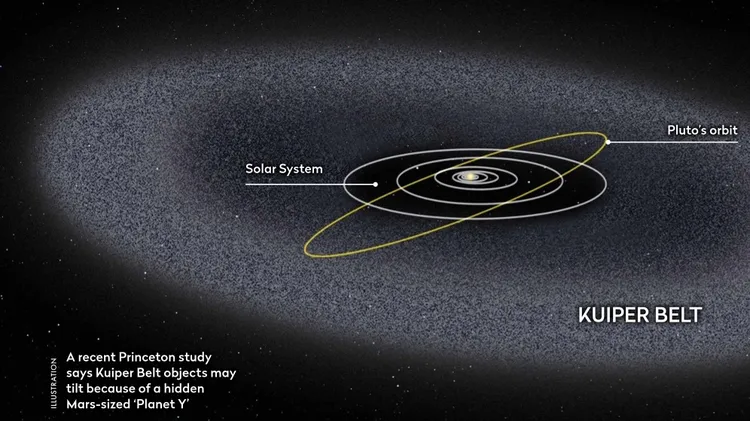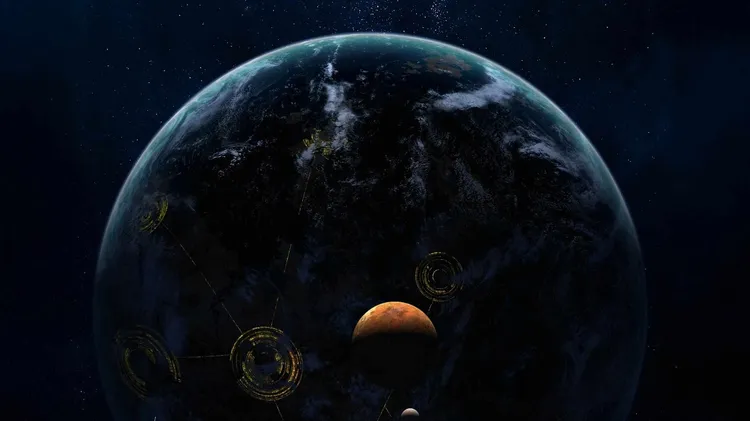A field of asteroids, known as the Trojans, are captured in the
Jupiter’s captured asteroids
2 min read
This article is from...
Read this article and 8000+ more magazines and newspapers on Readly






